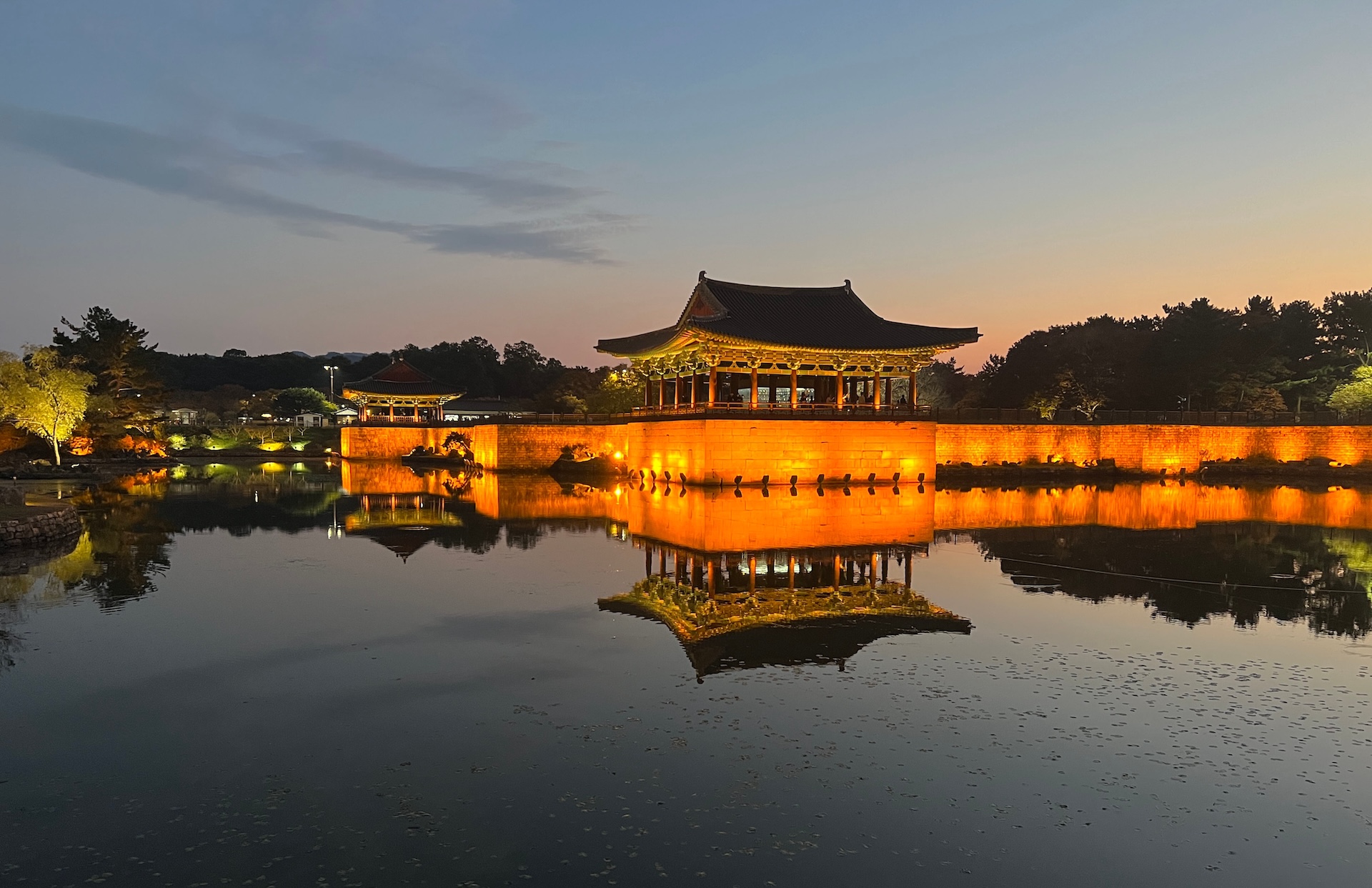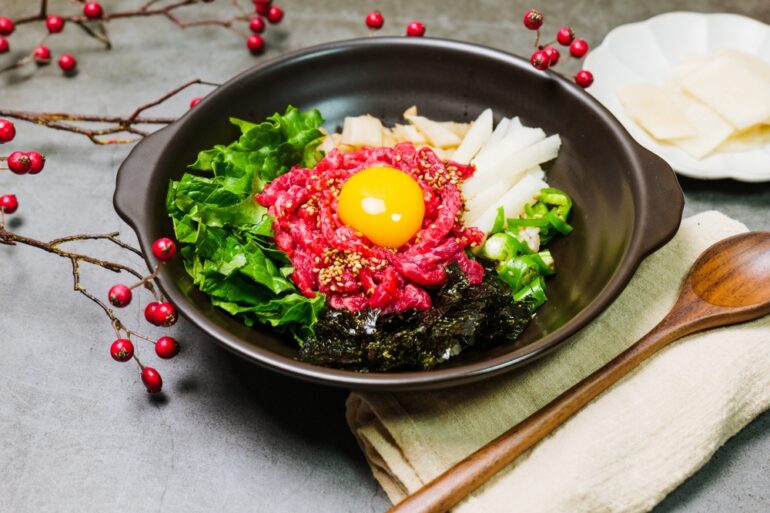Gyeongju invites you to slow down, to breathe a little deeper, and to see history not as something distant, but as something you can walk through and feel.
There’s something achingly romantic about walking at night with a chorong. The traditional Korean lantern gives off a warm glow that feels like a starlight at the end of the bamboo pole. It’s something straight out of a K-drama: two couples walking under the moonlight with a lantern guiding their way.
From moonlit ponds and ancient pagodas to museums filled with golden crowns and quiet libraries, Gyeongju reminds you that a city can be both a guardian of memory and a home for new stories.
At least, that’s how it felt even as this writer walked with journalists from around the world as part of a program by the Ministry of Culture, Sports and Tourism. Exploring the Daereungwon Tomb Complex at night felt both relaxing and intimate. Even with other tourists nearby, the sheer expanse of the grounds has a way of making you feel delightfully small, allowing you to slip into a quieter, older world.
Our guide pointed to the grassy mounds—which to me resemble Bohol’s Chocolate Hills—and shared stories of the Silla kings, queens, and nobles laid to rest beneath them. Sometimes she would point at one element to share, “That one was their refrigerator, and that one was the bathroom.”
Cheomseongdae Observatory
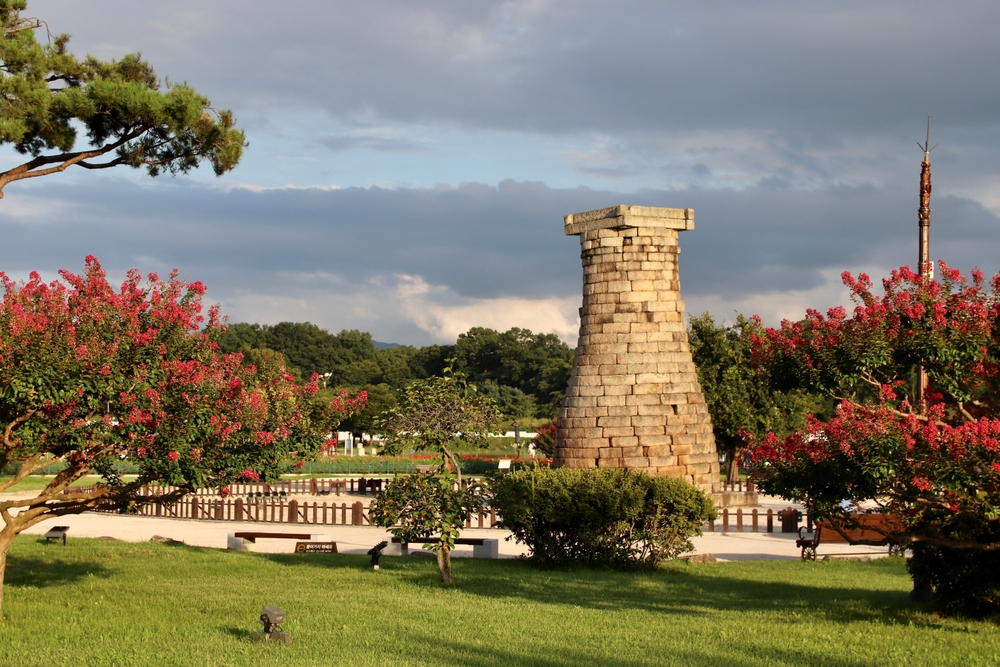
We crossed the road, and soon the Cheomseongdae Observatory came into view. At night, the spotlights change into different colors, giving different moods. The 9-meter structure was built nearly 1,400 years ago. The observatory is made of 365 stones, symbolizing the days in a year. Its body has 27 layers of stone to represent Queen Seondeok, the 27th ruler of Silla. With two additional layers of rock at the top, the structure forms 29 tiers in total, which shows the days of the lunar cycle. It is touted as the oldest observatory in Asia.
And this is why the city of Gyeongju is called “a museum without walls.” You can stumble upon history when you do a simple stroll. It’s also why the city was chosen as the venue for the Asia-Pacific Economic Cooperation Summit: a place rich in heritage and culture, yet equally forward-looking. Gyeongju embraces technology and innovation without sacrificing the historical soul that defines it.
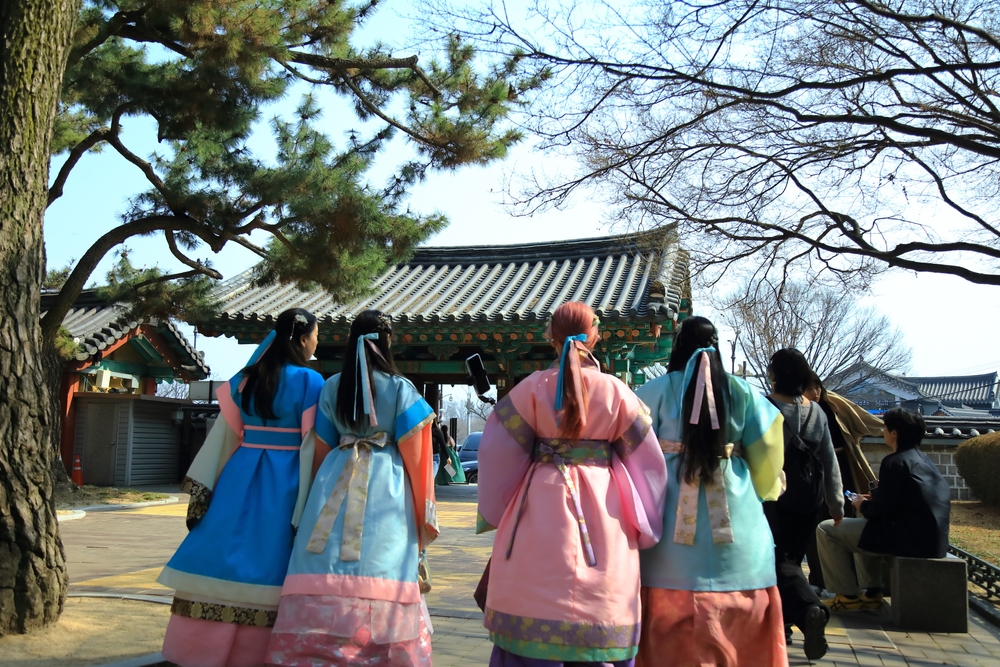
A few more minutes of walking and we were rewarded with the Donggung Palace and Wolji Pond. The palace casts its reflections on the water. When you chance upon a visit when the pond is very still, it will mirror the structures clearly with the moon overhead. It is breathtaking.
Just like in a museum, benches line the path, inviting you to sit, pause, and soak everything in. In places like this, it’s impossible not to imagine the lives of those who came before. You can think about how they walked, talked, flirted, and dreamt under the same sky.
Related story: The Hallyu effect: 13 Korean stars taking over as luxury brand ambassadors
Related story: 5 must-read novels by South Korean writers
Related story: Animated idols, real records: How ‘KPop Demon Hunters’ took over the music charts
Bulguksa Temple

Earlier that day, we had stepped into another treasure of Gyeongju’s past: the Bulguksa Temple. It was a pleasant uphill walk getting there, where pine trees and crisp mountain air welcomed us first. At the courtyard, two pagodas stood waiting for us. They were called Dabotap and Seokgatap and both are Korean National Treasures. They will be the first of the many that Bulguksa holds. I would see them again later that night, but not in stone, but stamped onto a coin bread I bought. These coin breads are also known as the 10 won bread, and they have a chunk of melted mozzarella cheese inside.
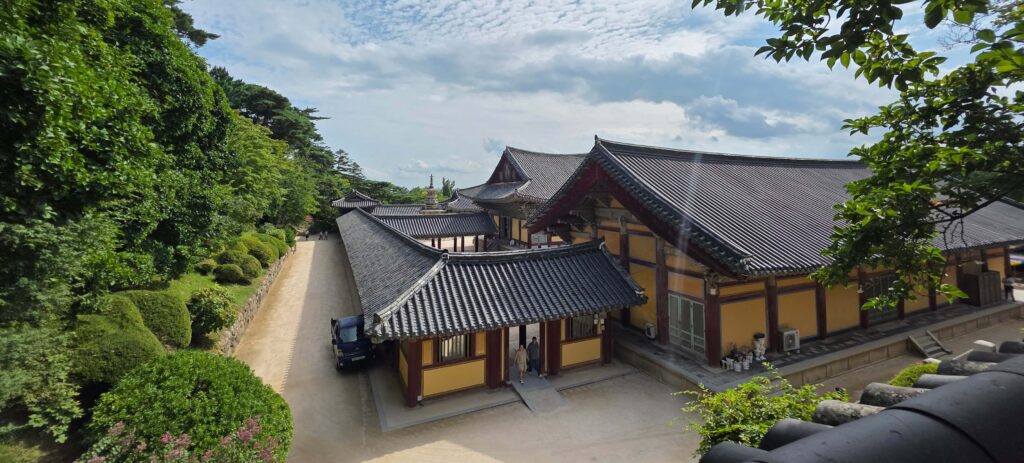
Buddhist relics were found within these pagodas. They range from sacred containers and jewels to symbolic offerings, each placed to honor the Buddha and safeguard the temple across centuries. They are on display in the main temple. As a non-Buddhist visitor, there were parts of the temple we could only admire from outside. The sacred spaces were reserved for those who come to pray.
It is, after all, a place of worship. We were always mindful of those who came to offer their devotions. Even so, the architecture of Bulguksa is something to linger over. After huffing and puffing to reach the top, everyone deserves the pause and enjoys the clean air.
Silla’s smile
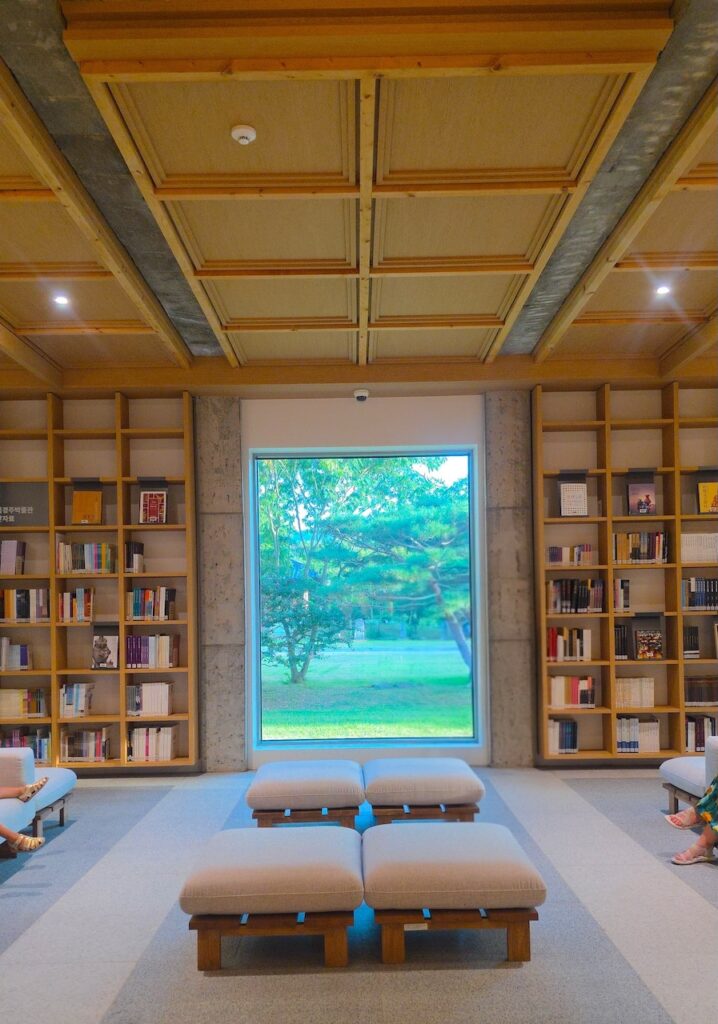
After leaving the temple grounds, our journey through Silla history continued at the Gyeongju National Museum. We came on a weekday, and even then, there were quite a number of visitors. The museum is divided into several galleries, including one dedicated to the golden age of Silla artistry. Two of the six known Silla crowns are permanently on display there. Visitors can create the illusion of trying them on by standing on one side of their containment. It makes the display perfectly safe from curious hands but allows tourists to interact and play make believe with them.
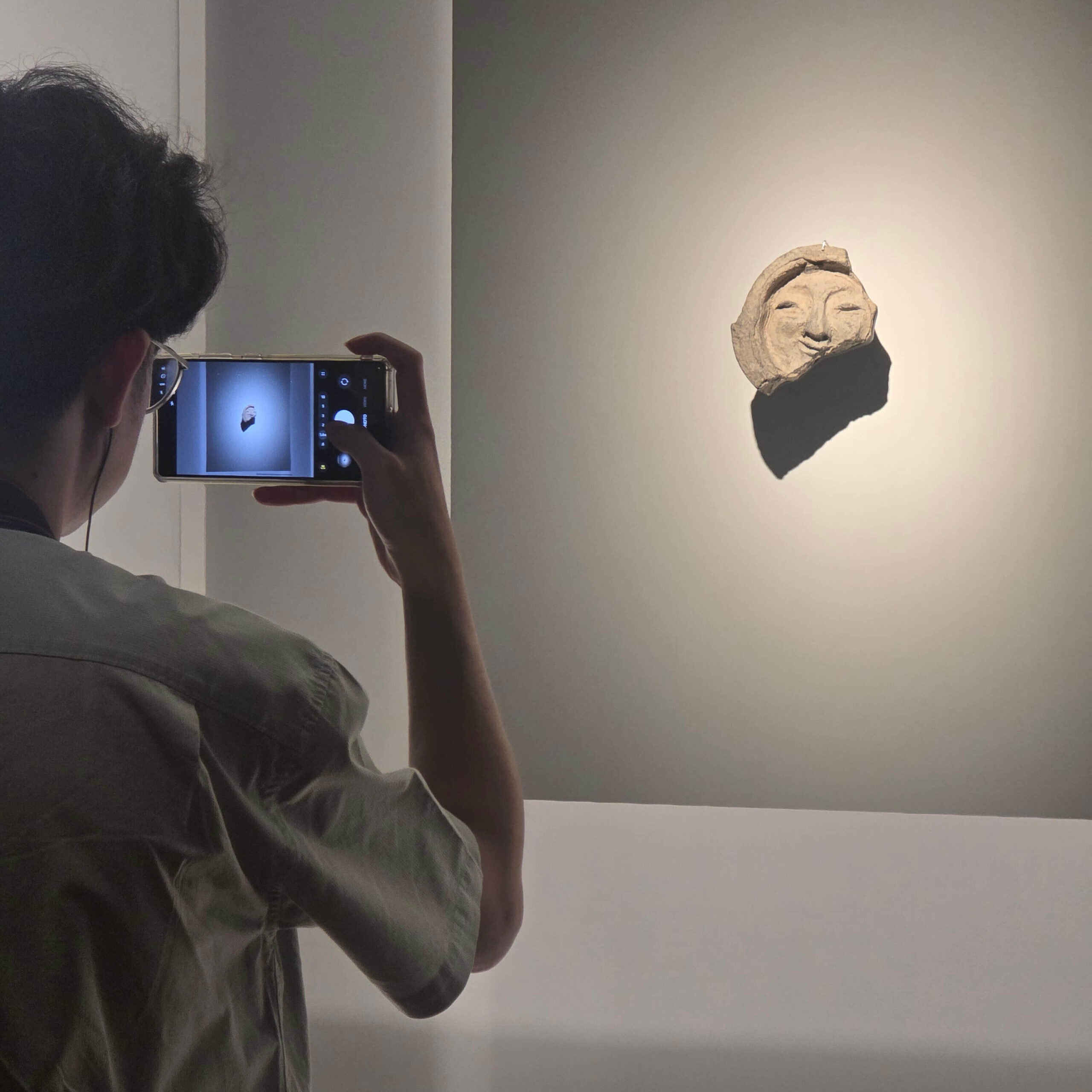
It is also there where you’ll find “Silla’s smile,” a roof-end tile with a human face motif. This piece inspired this year’s APEC logo, and once you notice it, you’ll start seeing the motif everywhere. They are stamped on souvenirs, signage, liquor bottles, and even small keepsakes around the city.
Travel tip: before you leave, make sure to swing by the Silla Millennium Library. Many visitors miss it, but it’s a hidden gem. It’s cozy, photogenic, and relaxing. Everyone rushes to the Starfield libraries and with good reason. But this one, though smaller, can absolutely compete in aesthetics.
Gyeongju is the kind of place that lingers long in your mind after you leave. It invites you to slow down, to breathe a little deeper, and to see history not as something distant, but as something you can walk through and feel.
From moonlit ponds and ancient pagodas to museums filled with golden crowns and quiet libraries, it reminds you that a city can be both a guardian of memory and a home for new stories. And if you’re lucky enough to walk its paths, you’ll understand why people keep falling in love with this “museum without walls.”
Related story: Can Korean makeup work for brown skin?
Related story: What to know about South Korea’s e-Arrival Card before you fly
Related story: K-culture fans, we have some great news—South Korea is set to pilot a visa for K-pop trainees

